Description
Propionic Acid: An Underappreciated Workhorse of Industry and Biology
Propionic acid, also known as propanoic acid, is a naturally occurring carboxylic acid with the chemical formula CH₃CH₂COOH. While perhaps less well-known than its cousins acetic and butyric acid, propionic acid is a vital compound playing a significant role in diverse applications, from food preservation to biofuel production. This article delves into the properties, production, uses, and even the surprising biological significance of this seemingly humble acid.
Properties and Production:
Propionic acid is a colorless, corrosive liquid with a pungent, somewhat unpleasant odor. It’s miscible with water, ethanol, and ether, making it a versatile solvent in various industrial processes. Synthetically, propionic acid is primarily produced through the petrochemical oxidation of propionaldehyde, a byproduct of olefin production. In a more sustainable approach, it can also be manufactured through fermentation processes, utilizing bacteria that convert sugars and other organic materials into propionic acid.
A Preservative Powerhouse:
One of the most prominent uses of propionic acid lies in its remarkable ability to inhibit the growth of molds and certain bacteria. This characteristic makes it a highly effective preservative in a variety of food products, particularly in:
- Baked Goods: Calcium propionate, a salt of propionic acid, is widely used as a preservative in bread, cakes, and other baked goods to prevent spoilage and extend shelf life.
- Dairy Products: Similar to baked goods, propionic acid derivatives are used in cheese production to control mold growth and maintain quality.
- Animal Feed: Propionic acid is often added to animal feed to prevent spoilage and ensure the nutritional integrity of the feed, contributing to animal health and productivity.
Beyond Food: A Versatile Industrial Chemical:
Beyond its preservative prowess, propionic acid finds application in a wide range of industrial processes, including:
- Production of Herbicides: It serves as a key intermediate in the synthesis of certain herbicides, contributing to weed control in agriculture.
- Pharmaceuticals and Plastics: Propionic acid is used in the manufacture of various pharmaceuticals, including some anti-inflammatory drugs, and in the production of plastics and coatings.
- Flavors and Fragrances: Due to its unique flavor profile and potential for esterification, propionic acid is used in the synthesis of certain flavors and fragrances.
The Biological Significance: A Gut Feeling:
Interestingly, propionic acid is not just a synthetic or industrial compound; it’s also a naturally occurring metabolite produced in the gut by certain bacteria. This endogenous production of propionic acid has profound implications for human health:
- Gut Microbiome and Energy Source: Propionic acid, along with other short-chain fatty acids (SCFAs), is a crucial energy source for colonocytes, the cells lining the colon. This helps maintain gut health and function.
- Immune Modulation: SCFAs, including propionic acid, play a role in modulating the immune system, contributing to the overall health and well-being of the host.
- Potential Therapeutic Applications: Research is ongoing to explore the potential therapeutic benefits of propionic acid, including its potential to modulate the gut microbiome and alleviate symptoms of certain inflammatory conditions.
Conclusion:
Propionic acid stands as a testament to the power and versatility of simple organic molecules. From preserving our food to contributing to the production of plastics and pharmaceuticals, its industrial applications are extensive. Moreover, its vital role in the gut microbiome highlights the unexpected biological importance of this underappreciated acid. As research continues to unravel the full scope of its capabilities, propionic acid is poised to remain a significant and multifaceted compound for years to come.


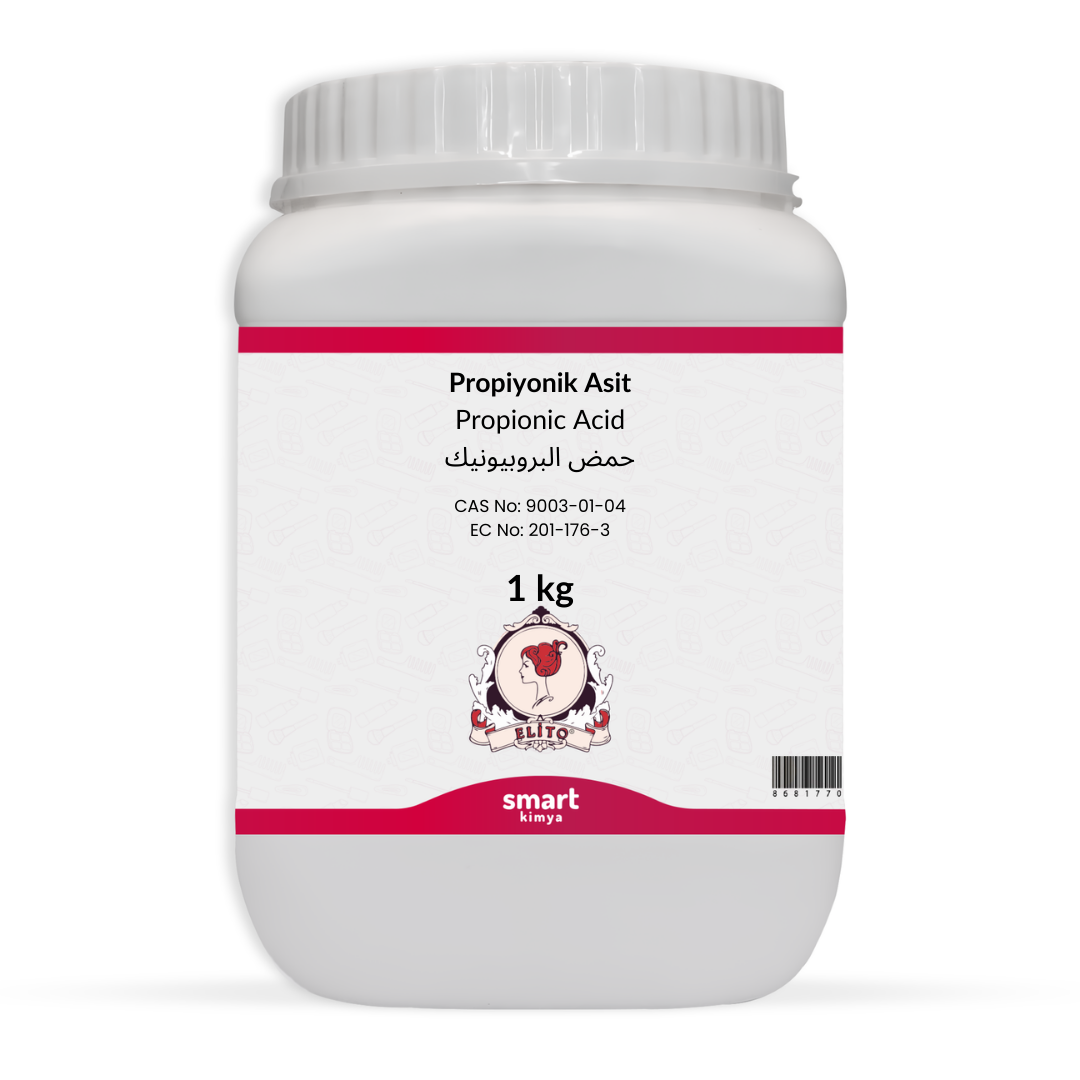
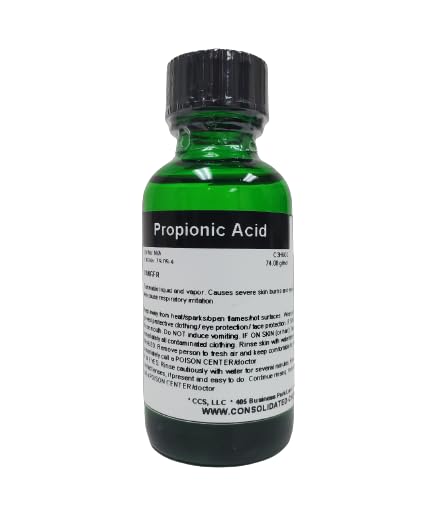
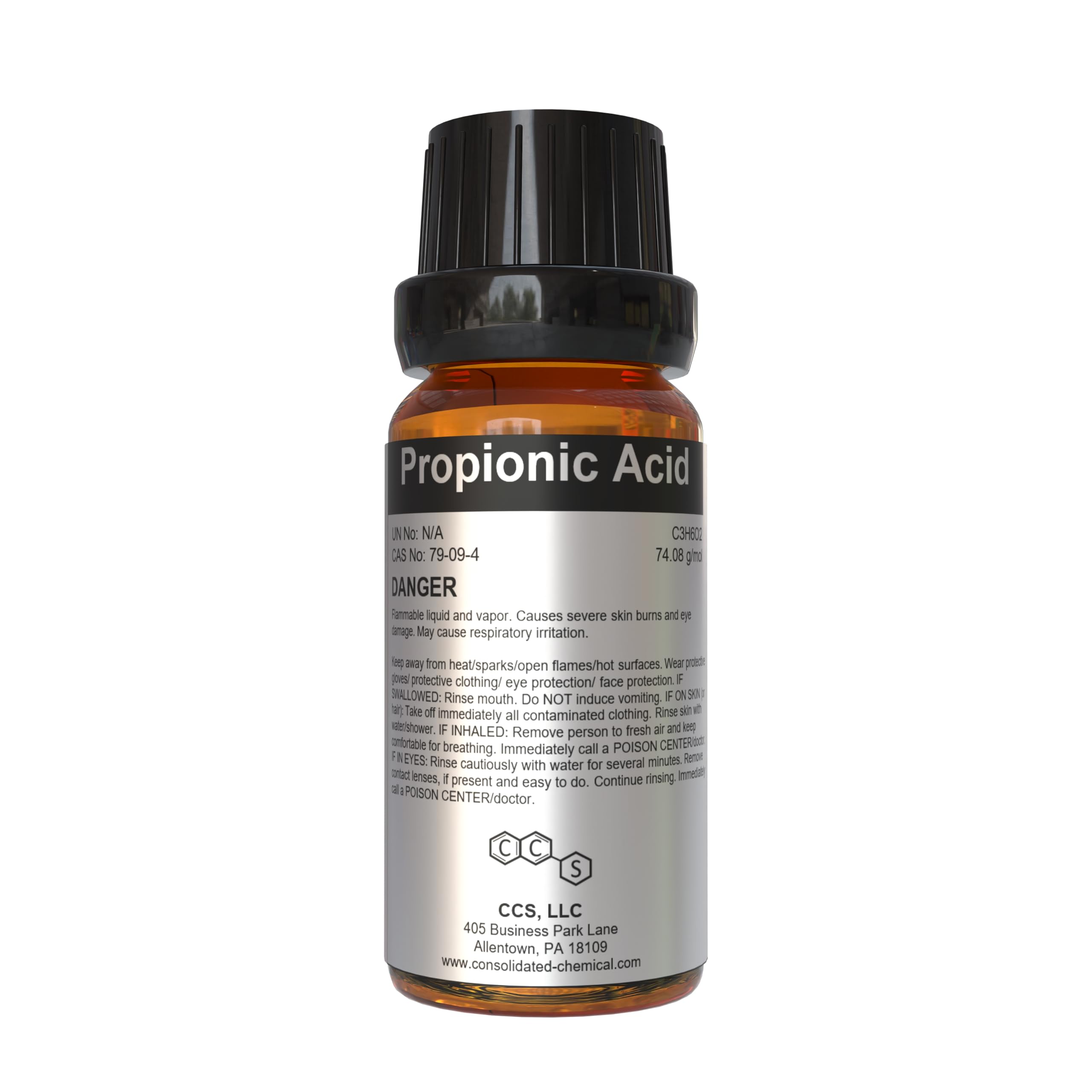
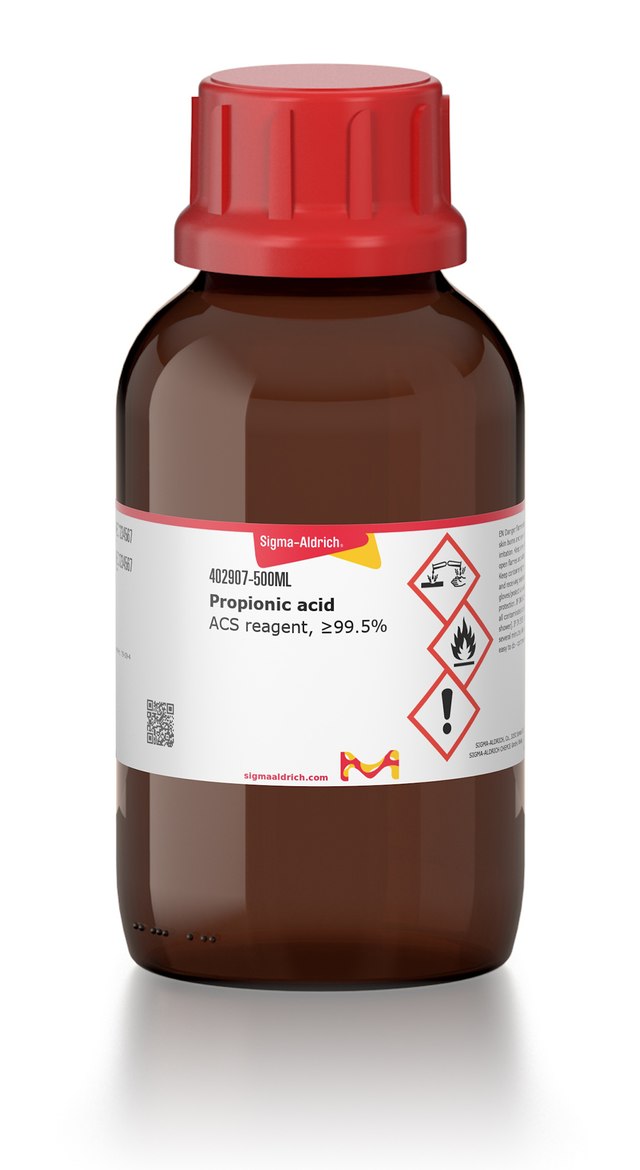




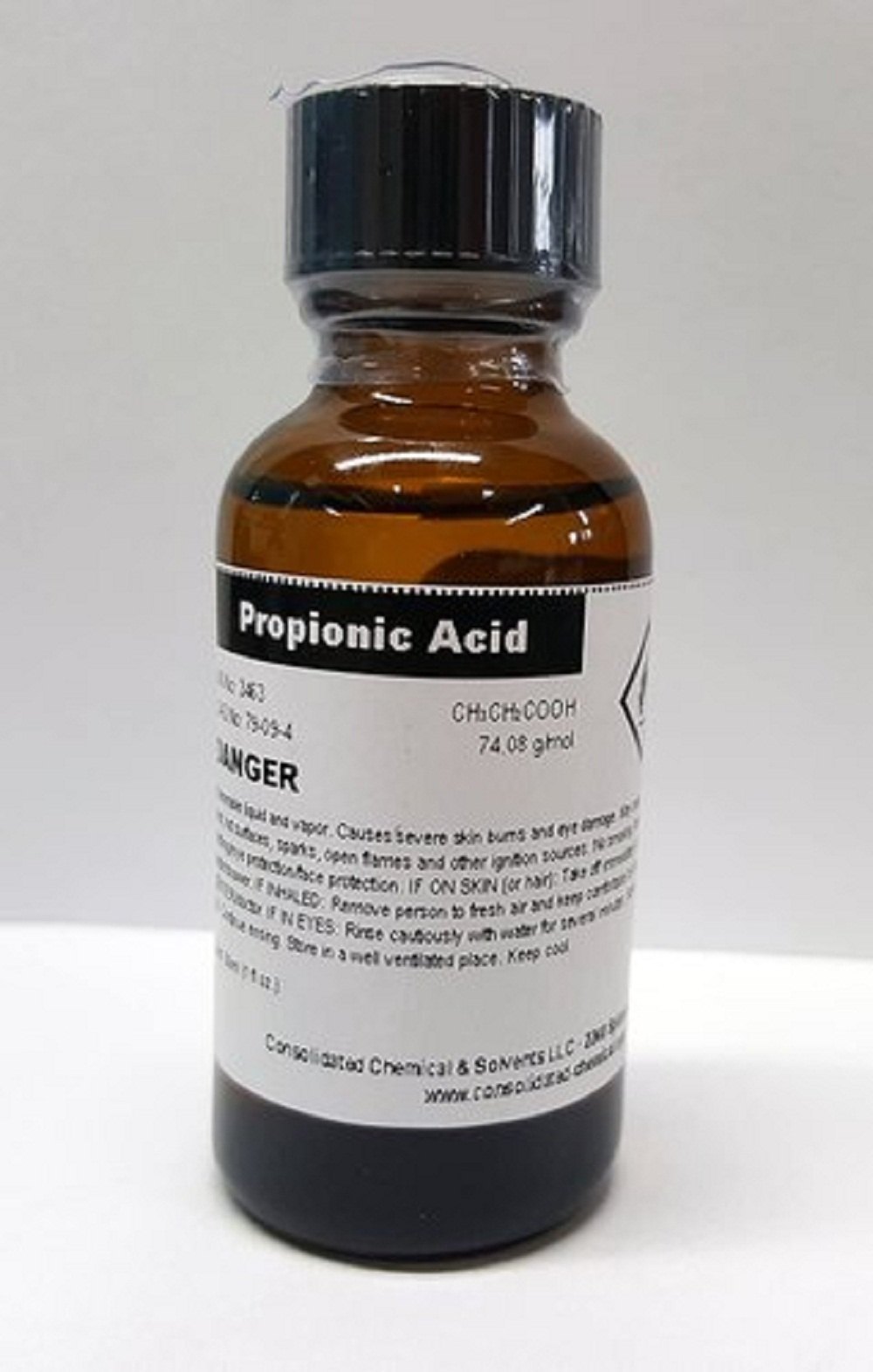
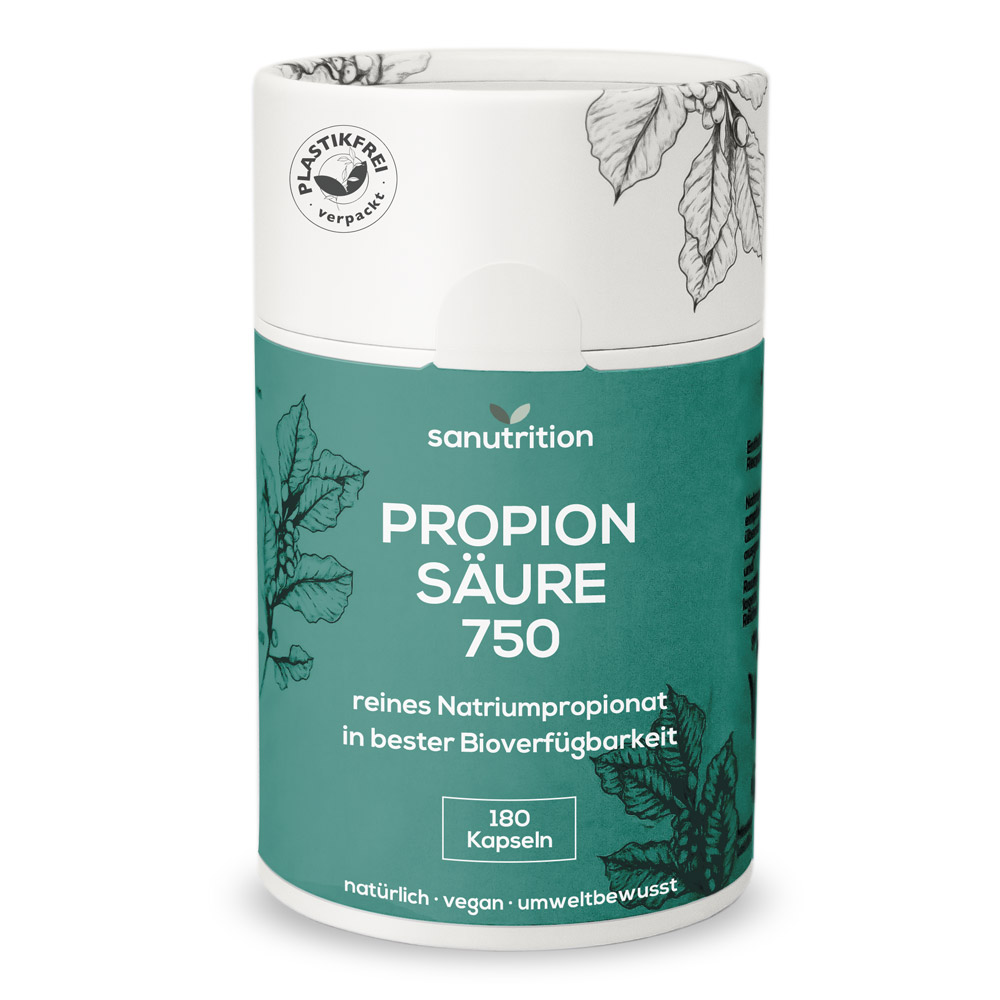

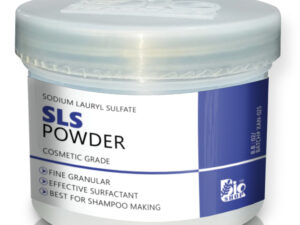


Reviews
There are no reviews yet.